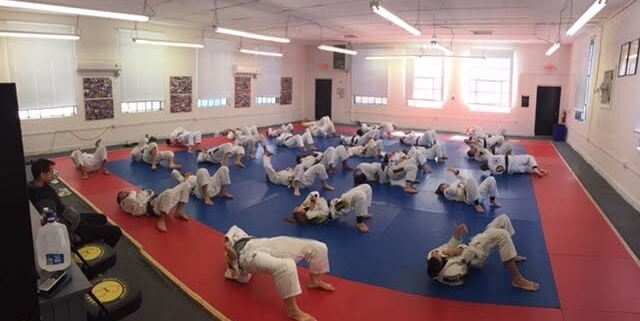Covering distance in BJJ
Covering distance in BJJ
Covering distance in BJJ in its essence: Don’t worry about the speed with which you move, concern yourself with the distance you have to cover. Very often, I am asked by students if they are too slow or old or too unathletic to be effective in Jiu-Jitsu. Certainly it’s an impressive thing to see an athlete with blazing speed in the mats. In truth however, most of the finest players in the sport work at a rather slow pace for the majority of the match and many more never really use speed at all in their game. And there are some awesome Masters competitors so age cannot be used as an excuse either. Clearly then speed is not essential to success, though it definitely can be useful at times. Understand that because Brazilian Jiu-Jitsu is predominately a ground sport, speed will always be limited. A much more important consideration than top speed is the distance you have to cover to get to your objectives. If I have a speedy opponent who moves twice as fast as I do, but through inefficient positioning and course setting, always has to move twice as far to get to his objectives we will be working at effectively the same mat speed. Sometimes, I like to slow a “fast” opponent down in a tight closed guard to limit him. Indeed, I will be able to sustain that mat speed longer since I am doing less work and may end up being faster as fatigue becomes a factor. The first step to becoming faster on the mats is to become more efficient at covering distance to get to an objective. The more direct your path, the sooner your arrival time. Practice the skill of minimizing wasted motion in getting to the next position every time you move. We teach this theory a lot at Savarese BJJ (bergencountybjj.com). Soon you will find yourself beating faster (but less efficient) opponents in the race to get to the next position!



